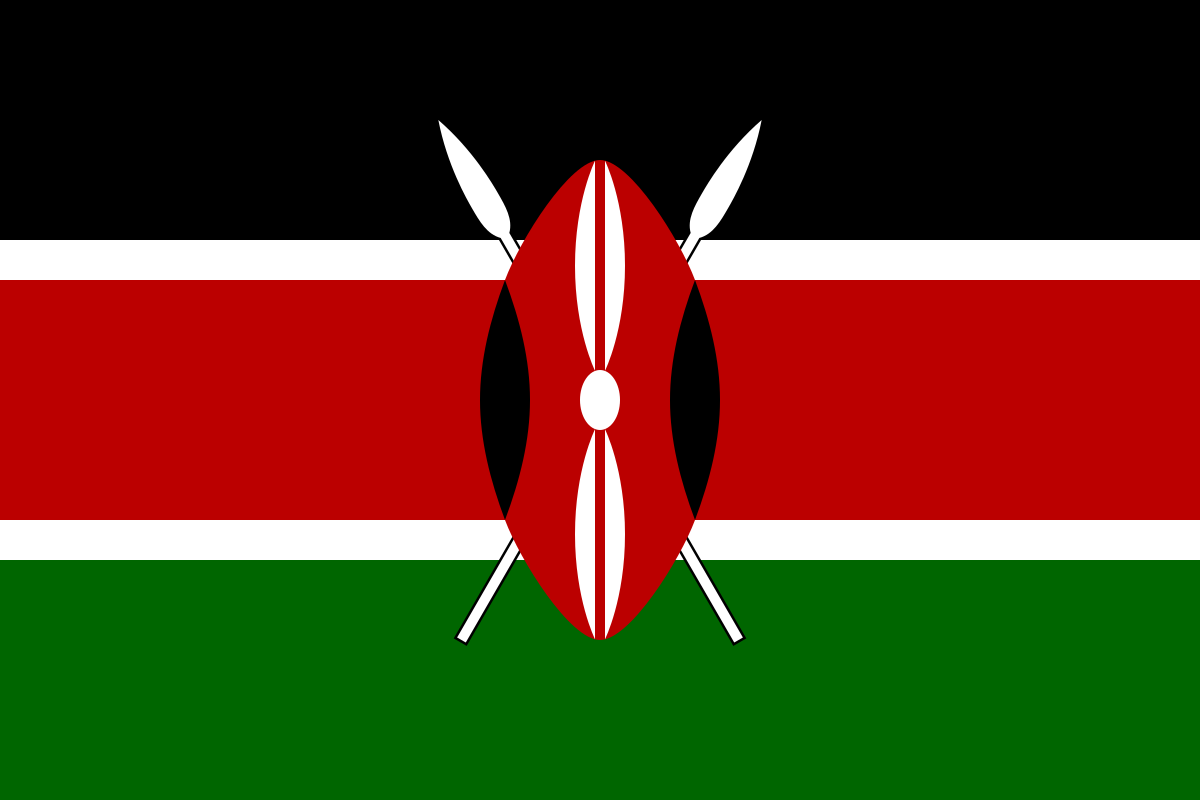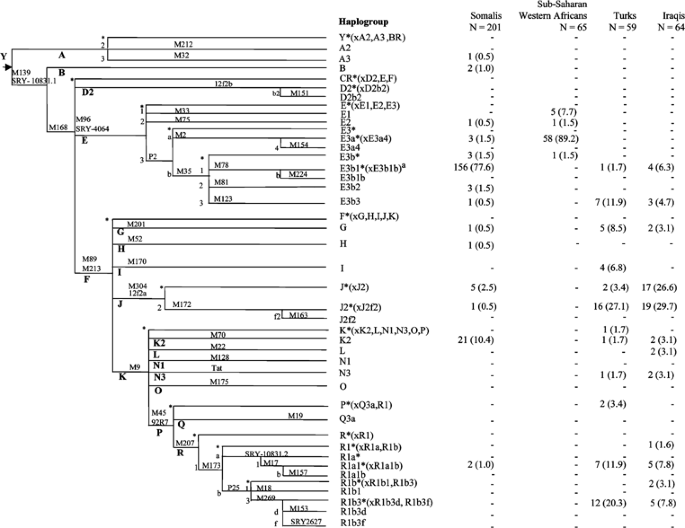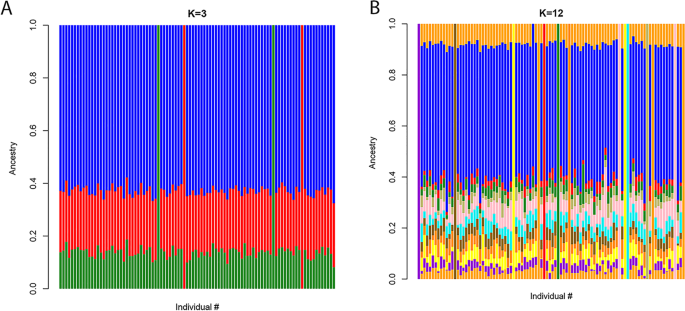I've been "eviscerated"

You know when people bat themselves on the back, they don't have much confidence in their arguments.
1. Here is what historian and author
R. F. Morton stated about Shungwaya:
"
There seems to be real evidence that a city called Shungwaya once stood
on the southern Somali coast. It is so placed on (one) British and (sev-
eral) Dutch maps, the earliest bein g the Linschoten chart, 1596. Ver-
sions of the Kilwa and Pate chronicl es mention Shungwaya, the former
as an important city in the Shirazi co lonization of the coast, the latter as
a city brought to heel along with Kismayu, Baraawa and Mogadishu by
Sultan Omar of Pate in the fourt eenth century. T
he Portuguese men-
tioned Shungwaya (Jungaya, etc.) but apparently they had never
stopped there. 11"
He's sourced his findings in British and Dutch maps and also in Portuguese archives.
2, Here is another historian and philosopher James De V Allen describing it.
Source:
http://psimg.jstor.org/fsi/img/pdf/t0/10.5555/al.ch.document.sip200016_final.pdf
"There are additional reasons for locating Tiung-lji in the Lamu region. As
Wheatley points out, the Chinese name is a reasonable approximation of
Shungwaya (Shangaya,Jungaya, etc.), a name which appears frequently in the
historical traditions south of the Juba River but not in the northern Horn.
Shungwaya must have been a place of some importance. So, evidently, was
Tiung-lji, for our Chinese source, Chao Ju-kua, devotes more space to his
description of it than to any other East African territory. As well as a settlement,
he seems to see it as some sort of a state, for he attributes to it land boundaries
approximately 1,500 miles long, though he adds that it is mostly unpopulated.2
Shungwaya, too, is often spoken of as if it were a state as well as a town.
The Earliest Coastal Settlements
It is not suggested that Shanga is Shungwaya. It seems always to have been called
Shanga, and members of a community in neighbouring Siyu Town who claim
origins from it still call themselves waShanga. But throughout its existence
Shanga seems to have been typical of almost any east coast settlement in the
vicinity of the Lamu Archipelago, and this is a powerful reason for locating
Tiung-Iji in this area.
Only one problem remains. The excavations at Shanga indicate that the first
mosque there may have been built in c. 950 or even earlier, while a much bigger
building which was certainly a mosque was constructed c. 1050-1075, and in such
a commanding position as to suggest that Islam became the official and majority
religion at that date. Unless, therefore, ChaoJu-kua's description of Tiung-iji dates
from a short period after the arrival of the camel-eaters c. 1050 and before
Islamisation we should expect Tiung-lji to be Muslim. But he does not describe it
as such. To be sure, he does not specifically describe it as non-Islamic either but
he does seem to contrast it with the 'four stone towns' of the coast of Barbara,
which he specifically says were Muslim. (These four towns can only have been
Mogadishu, Merca, Barawa and the settlement near the mouth of theJuba which
has long been abandoned.) Stone buildings are not actually described, but the
Chinese term used for 'town', so Wheatley tells us, could only apply to a place
which was largely stone-built. The difficulty may resolve itself if we can locate
and excavate Tiung-lji/Shungwaya. Meanwhile, we can only surmise. But a
reasonable conjecture is that the ruling group in this place was indeed at least
nominally Muslim by 1075-1100, but that the settlement itself was an important
ritual centre of the earlier religion. Its ruler had previously dominated a large state
or empire largely through the quasi-religious prestige of the particular settlement
in which he lived. By the eleventh century many of the neighbouring settlements,
Shanga included, had adopted Islam, but his ruraldwelling subjects remained loyal
to their old religion and to the Shungwaya ritual centre where he lived."
As part of his research, Mr Allen combined historical archives with those of the oral traditions of Swahili-speaking people in the coast including the Bajuni.
View attachment 216525
Continued. in the next comment...







 You know when people bat themselves on the back, they don't have much confidence in their arguments.
You know when people bat themselves on the back, they don't have much confidence in their arguments.



